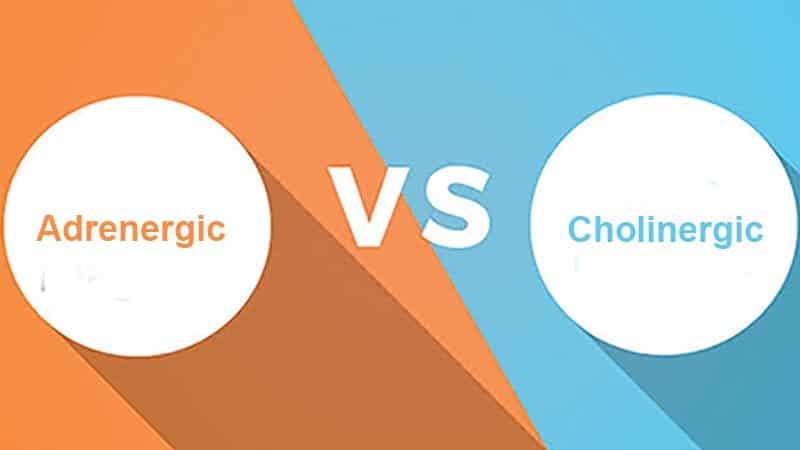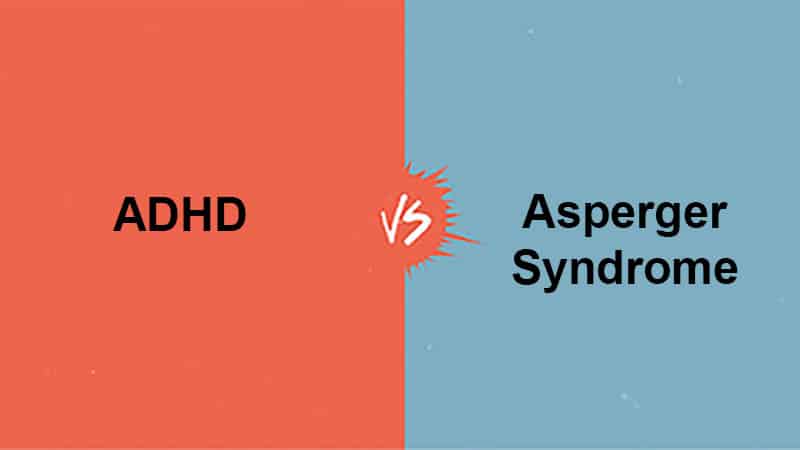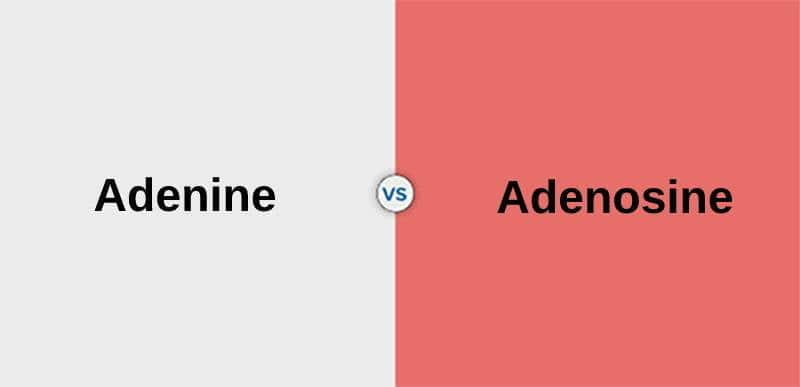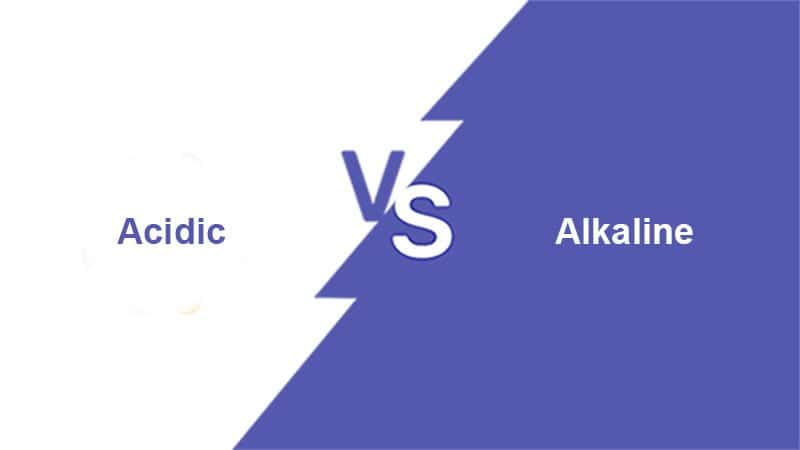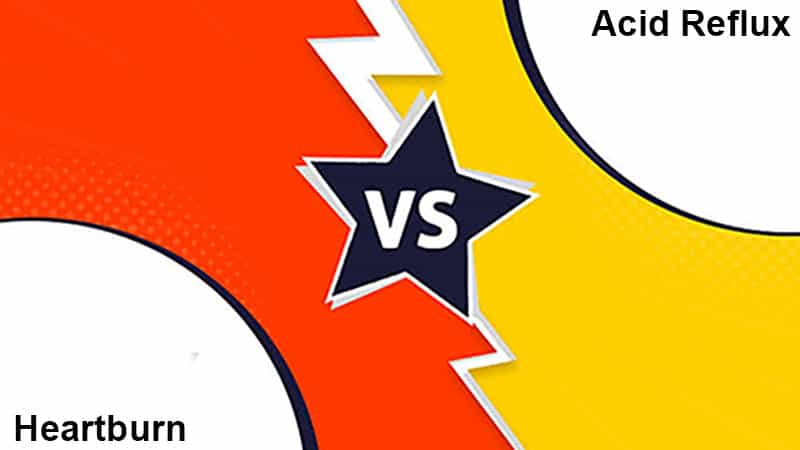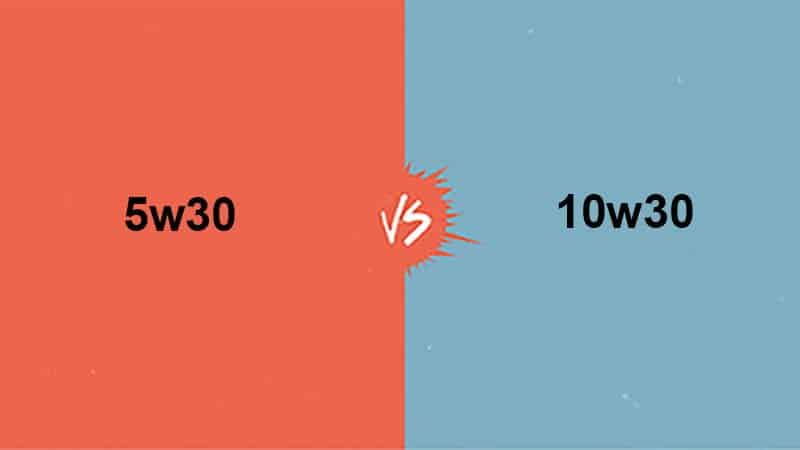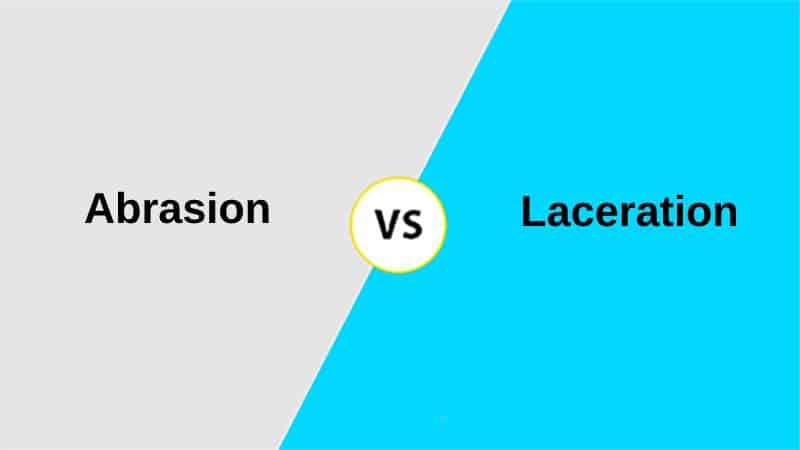Every activity we undertake necessitates the expenditure of energy by our bodies to complete the task. Every activity, whether walking, standing or simply relaxing in the lounge, requires energy. The food we eat provides us with energy, which we expend in various ways.
The body saves a portion of the energy for later use. To quantify the amount of energy expended, we use a calorie unit to determine how much we spend on a particular process. These calories are obtained from the food we consume.
Calories are divided into two categories based on the activity we engage in and the normal functioning of our bodies. The first is active calories, while the second is total calories.
Active vs Total Calories
“Active calories” represent the energy burned through physical activity and exercise. In contrast, “total calories” encompass all calories burned, including those from basal metabolic rate (BMR) and other daily activities, providing a more comprehensive view of daily energy expenditure.
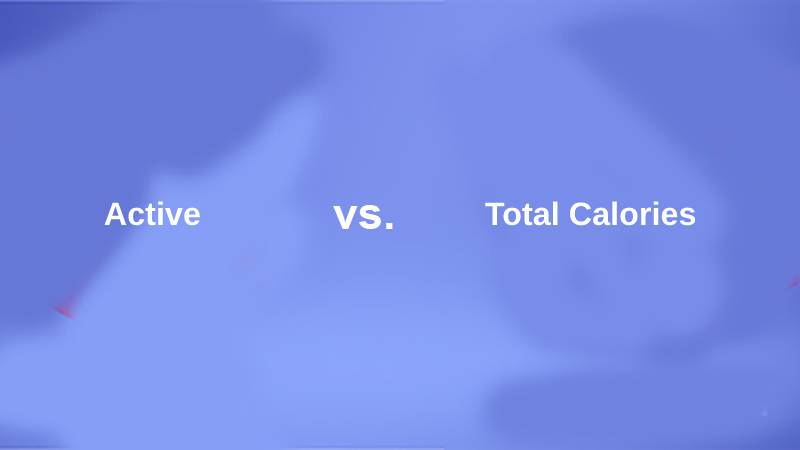
Active calories are the calories the body burns while engaging in external work. The task may be as simple as walking or climbing stairs or more complicated, such as lifting weights. The total caloric intake by the body for its routine functions is the total amount of active calories and other calories consumed.
Total calories are the number of calories consumed during the body’s daily functions. Respiration, food digestion, and thinking are examples of routine functions. Our bodies perform certain daily functions, such as breathing and delivering energy to all body parts. The calories consumed during these activities are added to the total calories, which is the unique aspect of it.
Comparison Table Between Active and Total Calories
| Parameters of Comparison | Active Calories | Total Calories |
|---|---|---|
| Definition | Calories burned through physical activity, such as exercise and intentional movement. | All calories burned throughout the day, including those from physical activity, basal metabolic rate (BMR), and daily activities. |
| Calculation | Measured or estimated based on exercise duration, type, and intensity using fitness trackers or activity monitors. | Comprises all energy expenditure, including BMR (calories burned at rest) and calories expended during physical activity and daily tasks. |
| Focus | Emphasizes calories burned during intentional workouts and exercise sessions. | Provides a comprehensive view of daily energy expenditure, accounting for both activity and resting metabolism. |
| Tracking | Tracked separately to monitor exercise goals and fitness progress. | Often used in conjunction with Total Calories to assess overall daily energy balance. |
| Application | Useful for individuals interested in fitness, weight management, and exercise planning. | Provides a broader perspective on daily energy balance, impacting overall health and weight management. |
| Daily Variation | Active calories can vary significantly based on exercise routines and physical activity. | Total calories are relatively stable and account for energy burned at rest. |
| Importance | Important for those aiming to manage weight, improve fitness, or achieve specific exercise goals. | Essential for understanding daily energy needs and overall calorie intake versus expenditure. |
What is Active Calorie?
Active calories, also known as exercise calories, measure the energy or calories your body burns during physical activity and intentional exercise. These calories represent the energy expended beyond your resting metabolic rate (RMR), which is the energy your body needs to maintain basic bodily functions at rest, such as breathing and digestion.
Key points about active calories include:
- Purpose: Active calories are tracked and calculated to provide insight into the additional energy expenditure associated with physical activities like running, walking, cycling, strength training, and other forms of exercise.
- Measurement: Active calories are measured using fitness trackers, wearable devices, or smartphone apps. These tools use heart rate, movement, and exercise duration data to estimate the calories burned during workouts.
- Motivation: Monitoring active calories can be a motivational tool for individuals striving to meet fitness goals, manage their weight, or improve their overall health.
- Personalization: The number of active calories burned varies from person to person and depends on factors like exercise intensity, duration, body weight, and fitness level. It provides a personalized view of energy expenditure.
- Integration: Active calories can be integrated into fitness plans and goals, helping individuals tailor their workouts and track their progress toward achieving specific fitness objectives.
What is Total Calorie?
Total calories, also called daily caloric expenditure, represent the overall number of calories your body burns in a day to sustain various bodily functions, including basic metabolism, physical activity, and daily tasks. These calories account for your entire energy expenditure over a 24-hour period.
Key aspects of total calories include:
- Components: Total calories are composed of several key components:
- Basal Metabolic Rate (BMR): The calories burned at rest to maintain vital functions like breathing, circulation, and cell production.
- Active Calories: The calories burned through physical activity and exercise.
- Thermic Effect of Food (TEF): The calories expended during digestion and food processing.
- Non-Exercise Activity Thermogenesis (NEAT): The calories burned during daily activities like walking, cleaning, and standing.
- Measurement: Total calories can be estimated using various methods, including formulas that consider age, gender, weight, height, and activity level. Fitness trackers and calorimetry are other means of measurement.
- Daily Energy Balance: Understanding your daily caloric expenditure is crucial for maintaining a healthy body weight. It helps you balance energy intake (calories from food and beverages) with energy expenditure to achieve weight loss, maintenance, or gain goals.
- Individual Variability: Total calories vary significantly from person to person based on factors like age, gender, genetics, activity level, and body composition.
- Nutritional Planning: Knowledge of total calories is essential for developing personalized nutrition and fitness plans that align with health and wellness goals.
Main Differences Between Active and Total Calories
Active Calories:
- Represent calories burned specifically during physical activity and exercise.
- Focus on the additional energy expenditure beyond resting metabolism.
- Typically measured using fitness trackers or activity monitors.
- It is essential for monitoring exercise progress and achieving fitness goals.
- Provide insight into the impact of intentional physical activity on calorie balance.
Total Calories:
- Encompass all calories burned in 24 hours, including resting metabolic rate (BMR), active calories, thermic effect of food (TEF), and non-exercise activity thermogenesis (NEAT).
- Offer a comprehensive view of daily energy expenditure, accounting for all bodily functions and activities.
- Estimated using formulas considering age, gender, weight, height, and activity level.
- It is crucial for managing overall energy balance, weight, and nutrition.
- Reflect on the energy needed to maintain, gain, or lose weight.




